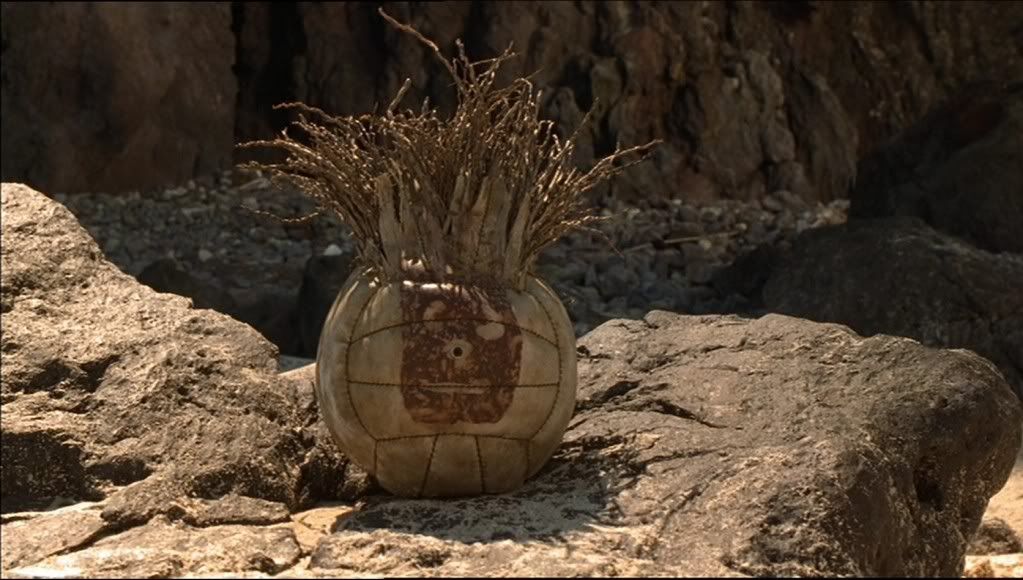Skip to comments.
Deep history of coconuts decoded (Colonization of the Americas?)
Washington University in St. Louis ^
| June 24, 2011
| Diana Lutz
Posted on 06/24/2011 2:06:33 PM PDT by decimon
Written in coconut DNA are two origins of cultivation, several ancient trade routes, and the history of the colonization of the Americas
The coconut (the fruit of the palm Cocos nucifera) is the Swiss Army knife of the plant kingdom; in one neat package it provides a high-calorie food, potable water, fiber that can be spun into rope, and a hard shell that can be turned into charcoal. What’s more, until it is needed for some other purpose it serves as a handy flotation device.
No wonder people from ancient Austronesians to Captain Bligh pitched a few coconuts aboard before setting sail. (The mutiny of the Bounty is supposed to have been triggered by Bligh’s harsh punishment of the theft of coconuts from the ship’s store.)
So extensively is the history of the coconut interwoven with the history of people traveling that Kenneth Olsen, a plant evolutionary biologist, didn’t expect to find much geographical structure to coconut genetics when he and his colleagues set out to examine the DNA of more than 1300 coconuts from all over the world.
“I thought it would be mostly a mish-mash,” he says, thoroughly homogenized by humans schlepping coconuts with them on their travels.
He was in for a surprise. It turned out that there are two clearly differentiated populations of coconuts, a finding that strongly suggests the coconut was brought under cultivation in two separate locations, one in the Pacific basin and the other in the Indian Ocean basin. What’s more, coconut genetics also preserve a record of prehistoric trade routes and of the colonization of the Americas.
>
Far from being a mish-mash, coconut DNA preserves a record of human cultivation, voyages of exploration, trade and colonization.
(Excerpt) Read more at news.wustl.edu ...
TOPICS: History
KEYWORDS: agriculture; ancientnavigation; animalhusbandry; austronesia; austronesian; austronesians; captainbligh; coconut; cocosnucifera; dietandcuisine; godsgravesglyphs; helixmakemineadouble; huntergatherers; kennetholsen; navigation; northsentinelisland; polynesia; polynesian; polynesians
Navigation: use the links below to view more comments.
first previous 1-20, 21-40, 41-47 next last
To: sinanju
>>. The “eyes” of the coconut quickly soak up seawater and that kills the seed. They can float long distances by sea but they won’t arrive alive.<<
Yeah, I misread part of the point — but I think there is some history of organic migration but not the long distances humans carry them.
21
posted on
06/24/2011 2:50:57 PM PDT
by
freedumb2003
(Herman Cain 2012)
To: gigster; Raycpa
Missed that one COMPLETELY!!!
22
posted on
06/24/2011 2:52:58 PM PDT
by
freedumb2003
(Herman Cain 2012)
To: Bockscar; decimon; StayAt HomeMother; Ernest_at_the_Beach; 1010RD; 21twelve; 24Karet; ...
23
posted on
06/24/2011 3:17:50 PM PDT
by
SunkenCiv
(Thanks Cincinna for this link -- http://www.friendsofitamar.org)
To: decimon
24
posted on
06/24/2011 3:18:20 PM PDT
by
knarf
(I say things that are true ... I have no proof ... but they're true)
To: decimon

"I've got a lovely bunch of coconuts."
Benny Hill: "You boasting again, are you?"
25
posted on
06/24/2011 3:23:39 PM PDT
by
dfwgator
To: gigster
No, merely suggesting that they migrate.
To: SunkenCiv
Very popular here for local calls...

27
posted on
06/24/2011 3:35:34 PM PDT
by
BIGLOOK
(Keelhaul Congress!)
To: gigster
Not exactly migration,but we have a coconut that my uncle
mailed back from Guadacanal during WW2 with the address to here and the letter was written on it..still quite legible
He passed away two years ago...pretty good Marine
28
posted on
06/24/2011 3:49:39 PM PDT
by
Harold Shea
(RVN `70 - `71)
To: decimon
Actually, ancient typhoons in the Pacific picked up whole coconut trees, swirled them upwards to 35,000 feet where the jet stream and El Nino deposited them in Peru where they were loaded onto llamas and sold at retail prices throughout South America. This is how the Incas got rich and established their empire.
Also pre-historic Pacific tsunamis pick up whole coastal beaches full of coconut groves and sent them all the way to Guatemala.
Also, pre-prehistoric pterodactyls also flew by island hopping the Pacific island chains, thereby establishing nests everywhere and feeding their baby pterodactyls lots of coconuts which they would break open with their powerful beaks. Sometimes they would uproot whole coconut trees, fly over the nest and shake off the coconuts into their baby pterodactyls` mouths.
To: SunkenCiv; decimon; Daffynition
I didn’t read one mention of the possibility coconuts were spread by pterodactyls. Not one. Huuummmmpffff!!!
30
posted on
06/24/2011 3:59:17 PM PDT
by
bigheadfred
( He put... creatures... in our bodies... to control our minds.)
To: bunkerhill7
31
posted on
06/24/2011 4:08:57 PM PDT
by
decimon
To: bigheadfred
Spread by the USPS. You're a nut!

32
posted on
06/24/2011 4:12:38 PM PDT
by
Daffynition
("Don't just live your life, but witness it also.")
To: bunkerhill7
33
posted on
06/24/2011 4:14:52 PM PDT
by
Daffynition
("Don't just live your life, but witness it also.")
To: Wallop the Cat
That plant went to a lot of trouble to make itself sexually attractive to monkeys.
To: decimon
They also helped America through 'The Great Depression' by making people laugh for a while.

FDR's Great Depression not Obama's
35
posted on
06/25/2011 5:37:10 AM PDT
by
Condor51
(The difference between stupidity and genius is that genius has its limits [A.Einstein])
To: decimon
It is interesting the amount of intercultural contact and pre-Columbian trade that existed before Europeans ‘discovered’ the New World.
36
posted on
06/25/2011 6:05:39 AM PDT
by
1010RD
(First, Do No Harm)
To: 1010RD
It is interesting the amount of intercultural contact and pre-Columbian trade that existed before Europeans ‘discovered’ the New World.Not very long ago, Kon Tiki seemed a stretch. Now it seems that people were traveling everywhere by sea. Interesting stuff.
37
posted on
06/25/2011 7:56:32 AM PDT
by
decimon
To: gigster
There’s a LOAD of Python fans on FR. Never underestimate them.
38
posted on
06/25/2011 8:09:50 AM PDT
by
Loud Mime
(Ann Coulter's "Demonic" - - Identifies the Democrats in Detail)
To: decimon
What I’ve found particularly surprising is the sudden new discoveries out of old sites and areas. You’d think the Med basin was well understood and that the “facts” about it were well established and sorted.
Is it just me or is the world or archeology awaking to the fact that humans moved in large groups, often and far?
39
posted on
06/25/2011 9:40:42 AM PDT
by
1010RD
(First, Do No Harm)
To: 1010RD
You’d think the Med basin was well understood and that the “facts” about it were well established and sorted.I don't know. Everything seems obvious once discovered.
I literally do not know one millionth of what people have done in this world over my lifetime. Or maybe that's one billionth. Yet I would know if I could what people have done over ten thousand years. Doesn't seem likely that I'm that capable.
40
posted on
06/25/2011 10:19:27 AM PDT
by
decimon
Navigation: use the links below to view more comments.
first previous 1-20, 21-40, 41-47 next last
Disclaimer:
Opinions posted on Free Republic are those of the individual
posters and do not necessarily represent the opinion of Free Republic or its
management. All materials posted herein are protected by copyright law and the
exemption for fair use of copyrighted works.
FreeRepublic.com is powered by software copyright 2000-2008 John Robinson






